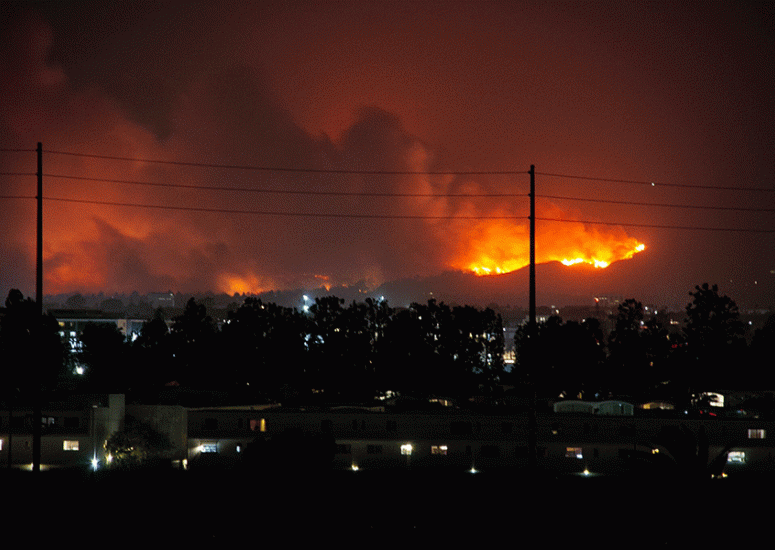-

Taking to the skies to track urban air quality
This past summer, if New Yorkers looked up from the hustle and bustle of urban life, they may have spotted a C-130 research aircraft flying above the skyscrapers. The plane was doing research flights over the tri-state area to collect data on urban air quality for a scientific research field campaign called GOTHAAM. No classic villains or superheroes here, just researchers studying the composition of the air in both the light and dark of the New York metro area.
- Air Quality
-

Study shows Tijuana River water pollutes the air
Newly published research indicates that poor water quality can drastically affect air quality—an observation with important implications for global waterways.
- Air Quality
-
NSF NCAR C-130 flying low over the New York City area starting today
From July 16 through August 31, a C-130 research aircraft will periodically fly over the tri-state area to collect data about air quality.
- Air Quality
-
Pieternel Levelt selected as member of Royal Netherlands Academy of Arts and Sciences
Pieternel Levelt, director of NSF NCAR's chemistry lab, has been honored as a member of the Royal Netherlands Academy of Arts and Sciences.
- Air Quality
-

Smoke from wildland-urban interface fires more deadly than remote wildfires
Research quantifies the health risks of wildland-urban interface fires, showing fire emissions in populated areas are three times more likely to lead to annual premature deaths than emissions from wildfires in general.
- Air Quality
